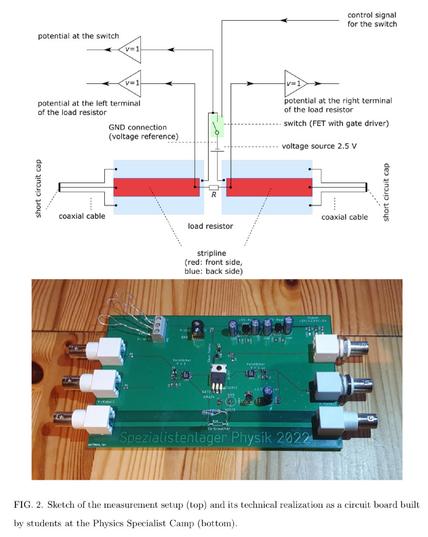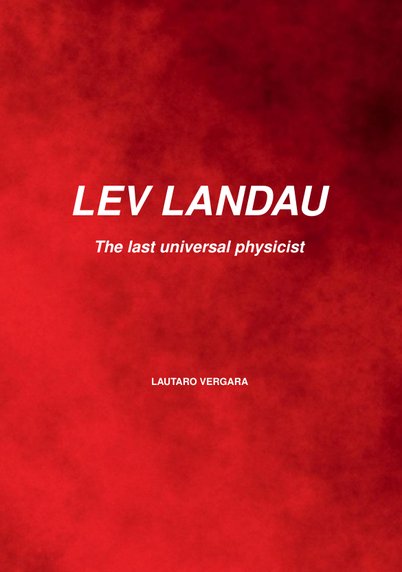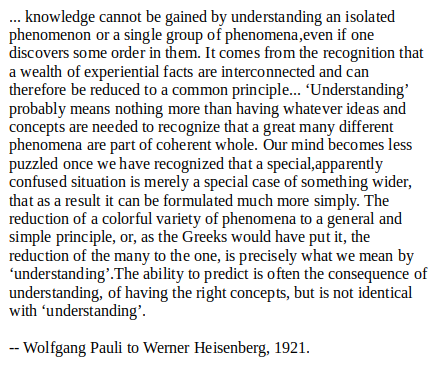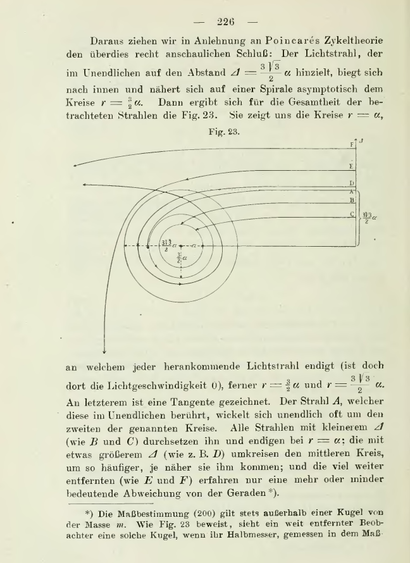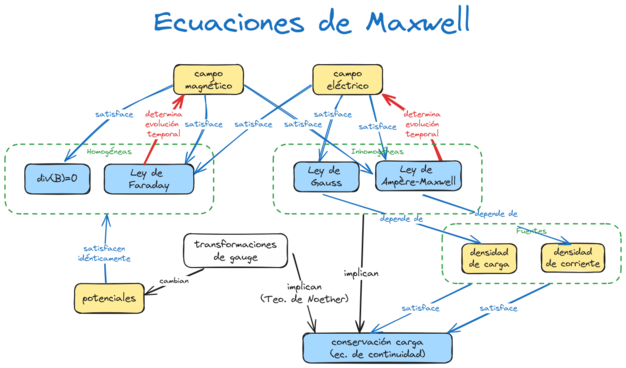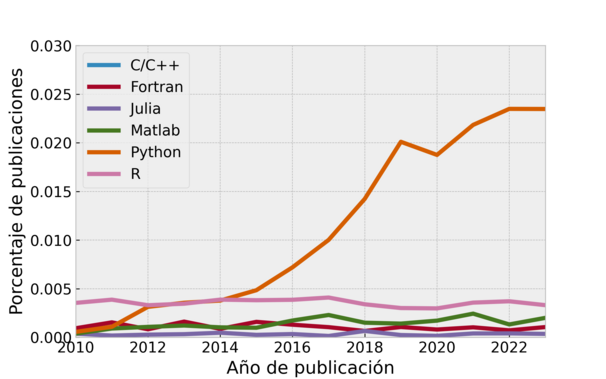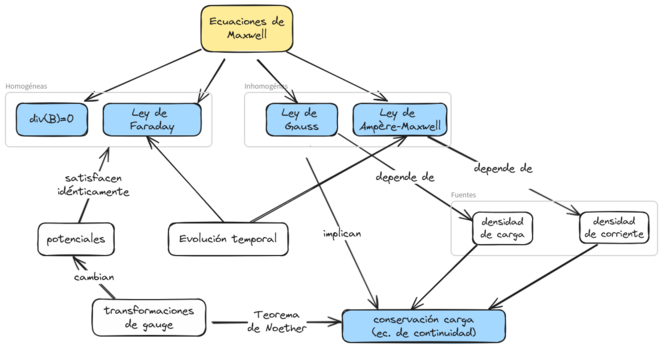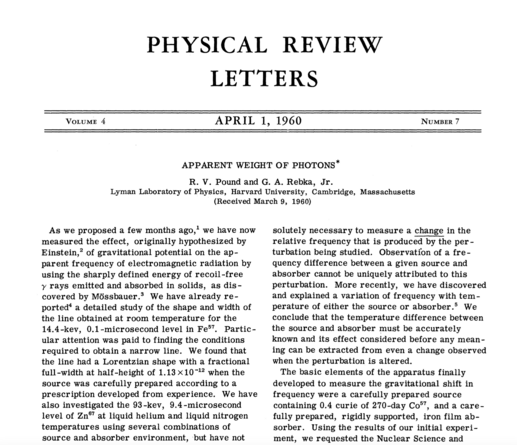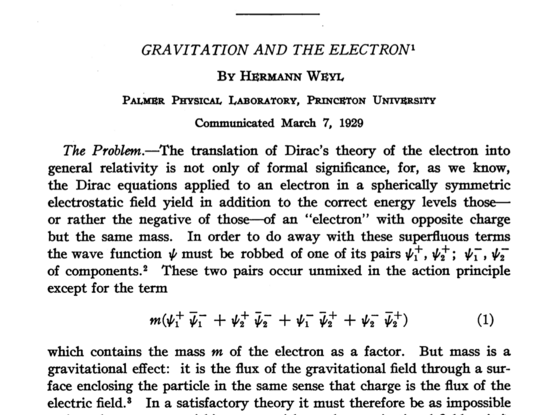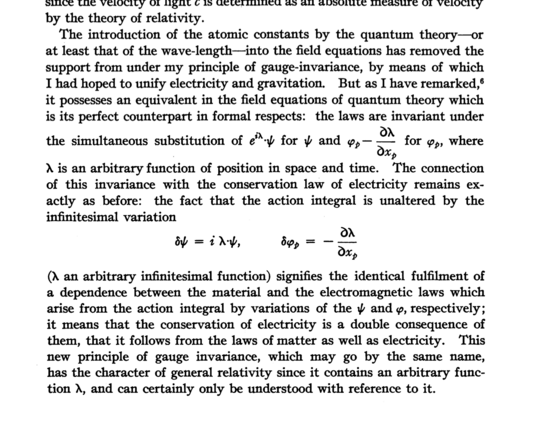New draft chapter for my #physics #python book - Real Gravity and Orbits. You can see it all here. #iteachphysics
Físico, degustador avezado, nerd certificado
#arXiv The Cable to the Moon: Veritasium's Light Bulb Experiment in Low-Cost Miniature Form https://arxiv.org/abs/2501.03896
“As part of the Physics Specialist Camp 2022 in Seifhennersdorf (Saxon Physics Olympiad) students from grades 9 and 10 built a miniature model in a printed circuit”
👏 👏 👏
I want to express my heartfelt gratitude to the three reviewers of my book proposal, whose positive feedback is encouraging.
It's time to refine my manuscript and bring it closer to publication with Oxford University Press.
Feeling both thrilled and deeply grateful.
Don't know how I didn't already know about this, but yesterday I stumbled onto what looks to be a complete set of basic grad level physics courses by Konstantin K. Likharev at Stony Brook University. Printed books are available for very cheap but everything is right here as PDF. Looks excellent. #ITeachPhysics
Con alegría les contamos que ya liberamos (*) el 20° capítulo del libro "Python en Ámbitos Científicos", es "Python: Clases" y lo pueden descargar de acá: https://pyciencia.taniquetil.com.ar/
(*) es en modo borrador, se irán ajustando detalles antes de incluirlo en el libro completo, ¡pueden darnos feedback!
Oh, very neat: a library of open access academic books. The section on Physics has a few classics, as well as some nice new books.
https://library.oapen.org/browse?type=classification_text&value=Physics
Premios Ig Nobel 2024 https://francis.naukas.com/2024/09/30/premios-ig-nobel-2024/
Today in grad electromagnetism, I got to teach about vector spherical harmonics! #ITeachPhysics
@heafnerj Hi!. I have only used EinsteinPy to compute Christoffel symbols and curvatures, etc. I had no idea Pytearcat even existed! Checking it out right now...
HISTORY OF PHYSICS
Max von Laue was the first in drawing the trajectories of light rays near a Schwarzschild black hole in 1920, in his book Die Relativitätstheorie (volume 2).
He observed the generation of a closed light orbit (now, photon sphere).
1/
The potential for Jupyter AI and LLMs to accelerate the creation of educational materials is immense. By thoughtfully integrating these technologies into our workflows, we can improve engineering education and create more engaging, effective learning experiences for our students.
Excited to be at the forefront of this educational revolution!
My presentation slides:
—Barba, Lorena A. (2024). Teaching and Learning with Jupyter AI. figshare. Presentation. https://doi.org/10.6084/m9.figshare.25999753.v1
Just published in JOSS: '<code>KerrGeoPy</code>: A Python Package for Computing Timelike Geodesics in Kerr Spacetime' https://doi.org/10.21105/joss.06587
Nueva versión
Las ecuaciones de Maxwell y sus relaciones con otros objetos, usando #obsidian y #excalidraw
Gráfico de menciones/"popularidad" de algunos lenguajes de programación en las publicaciones de la base de datos ADS, con datos hasta 2023.
Generado con una versión modificada del código de @jakevdp (https://gist.github.com/jakevdp/f75c09e43320290ffbedbca43f9fd917)
Hice este diagrama, sobre las ecuaciones de Maxwell y sus relaciones con otros objetos, usando #obsidian y #excalidraw
¿Alguna idea para mejorarlo?
Just published in JOSS: 'GRDzhadzha: A code for evolving relativistic matter on analytic metric backgrounds' https://doi.org/10.21105/joss.05956
Pound and Rebka submitted "The Apparent Weight of Photons" to Physical Review Letters #OTD in 1960.
They described the measurement of minuscule gravitational red shifts and blue shifts as photons moved up or down in the Earth’s gravitational field. Einstein predicted this effect in 1911!
https://journals.aps.org/prl/abstract/10.1103/PhysRevLett.4.337
Hermann Weyl submitted "Gravitation and the electron" #OTD in 1929, a follow-up to his 1928 paper "Gruppentheorie und Quantenmechanik." It contains the first use of the now-ubiquitous physics term "gauge invariance" in the English language.
Open Access: https://www.ncbi.nlm.nih.gov/pmc/articles/PMC522457/pdf/pnas01017-0027.pdf
